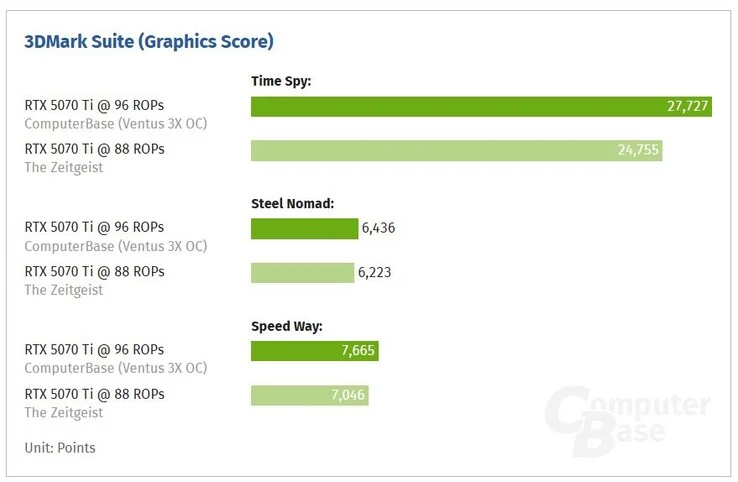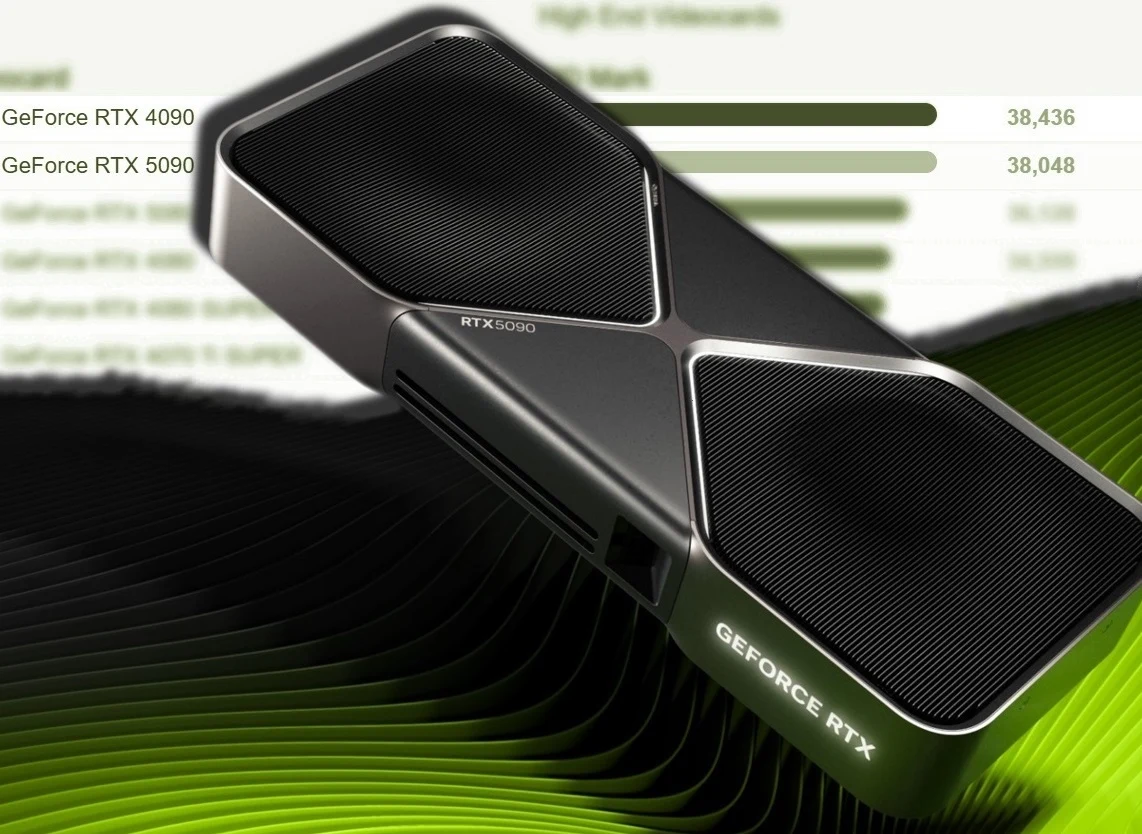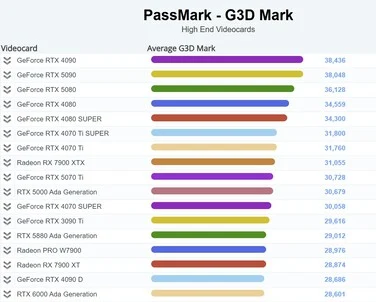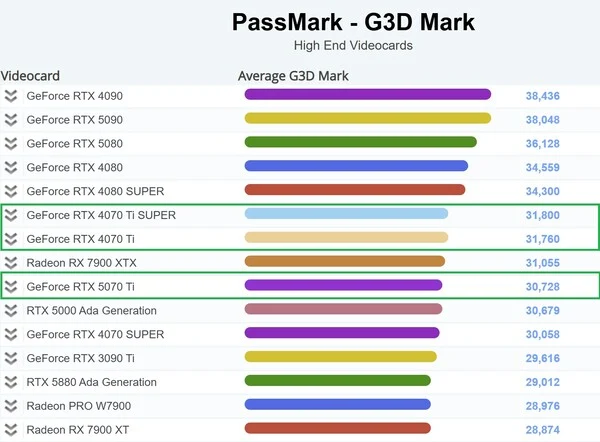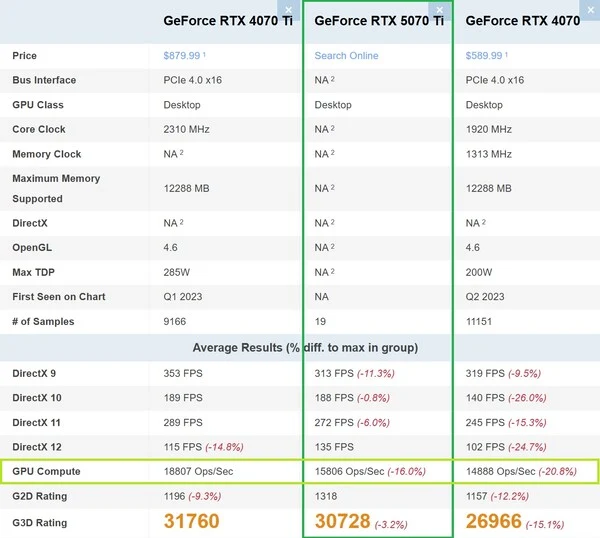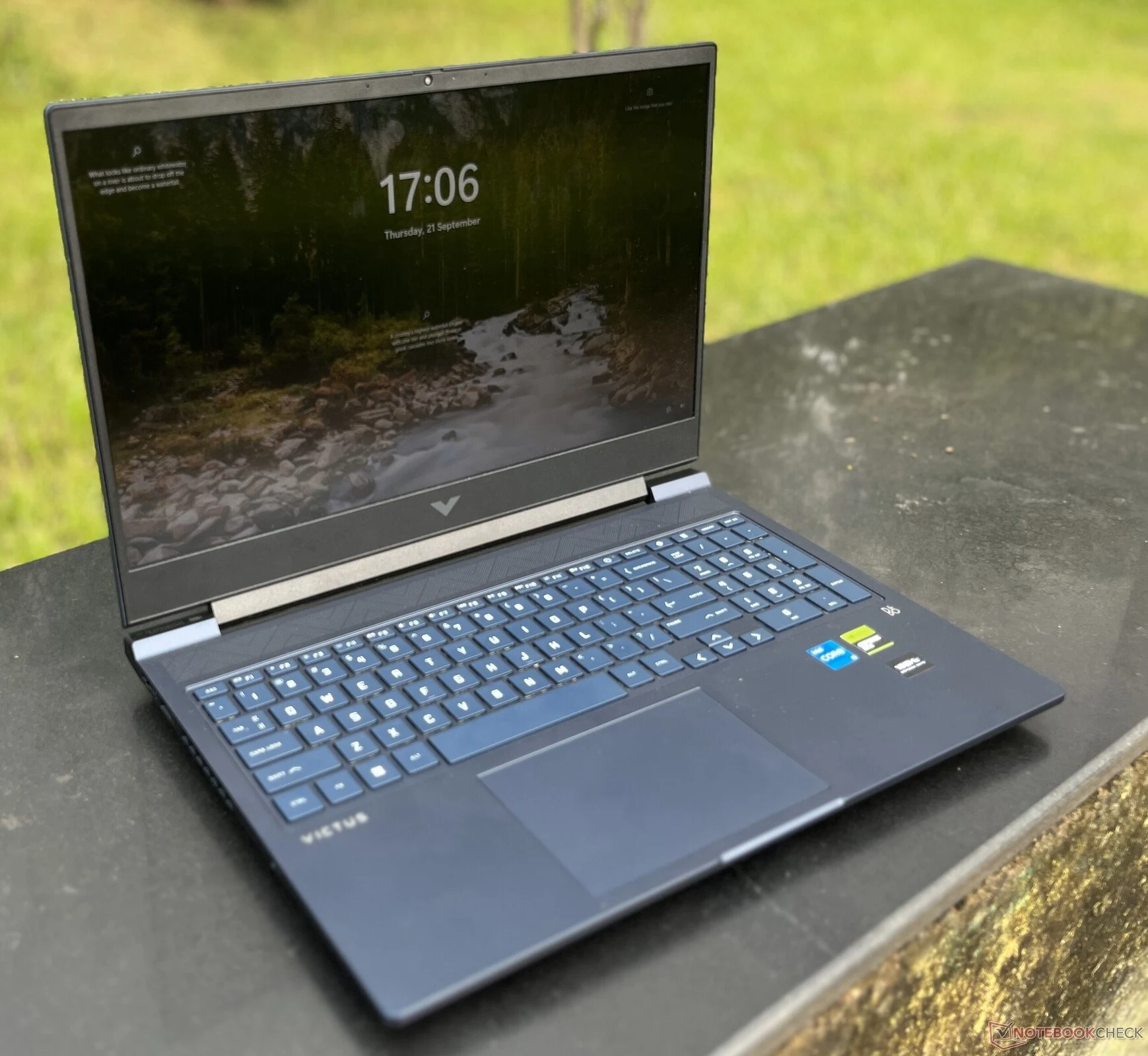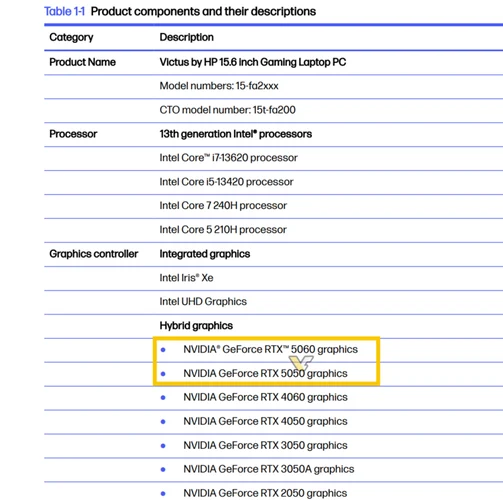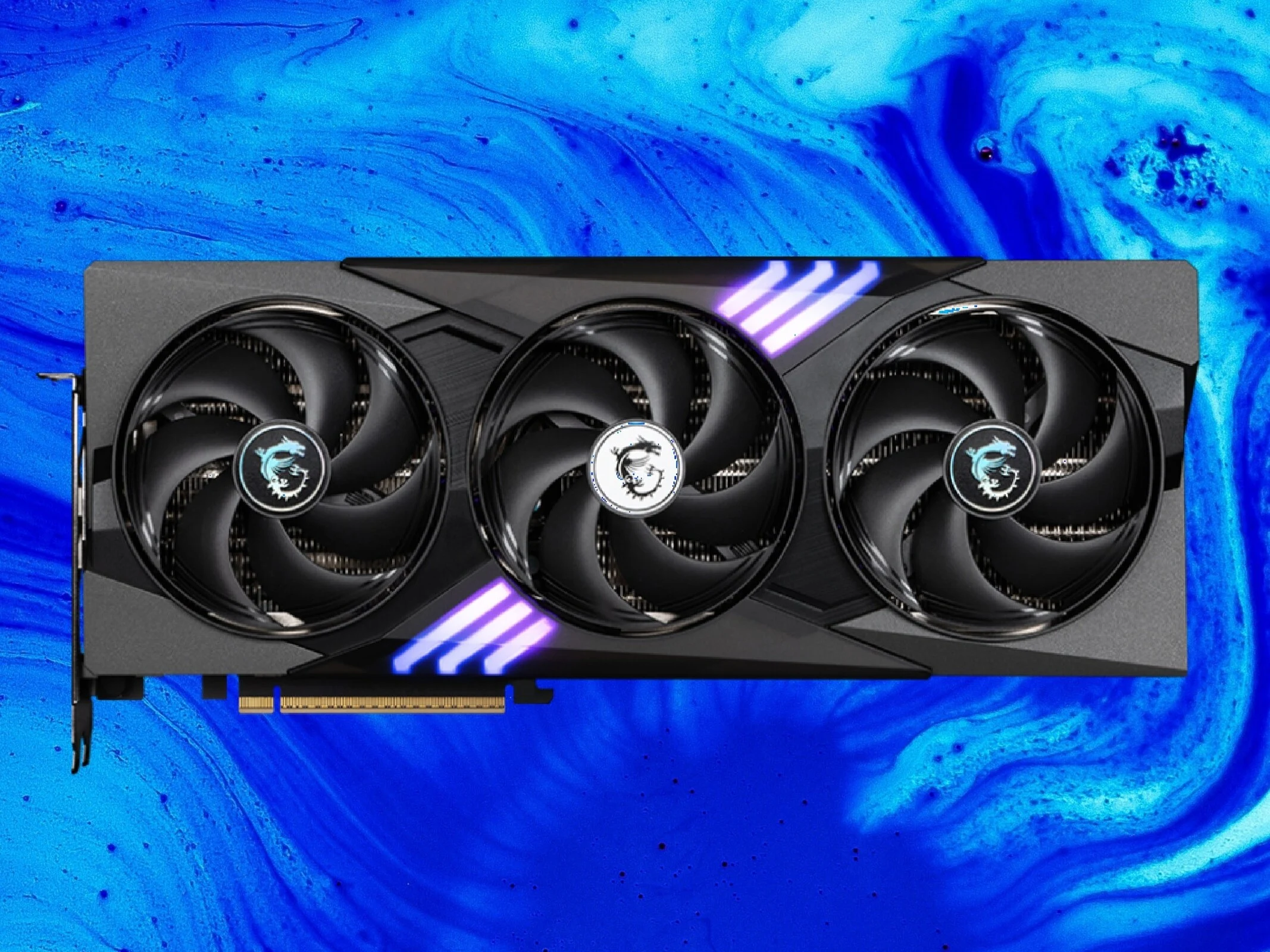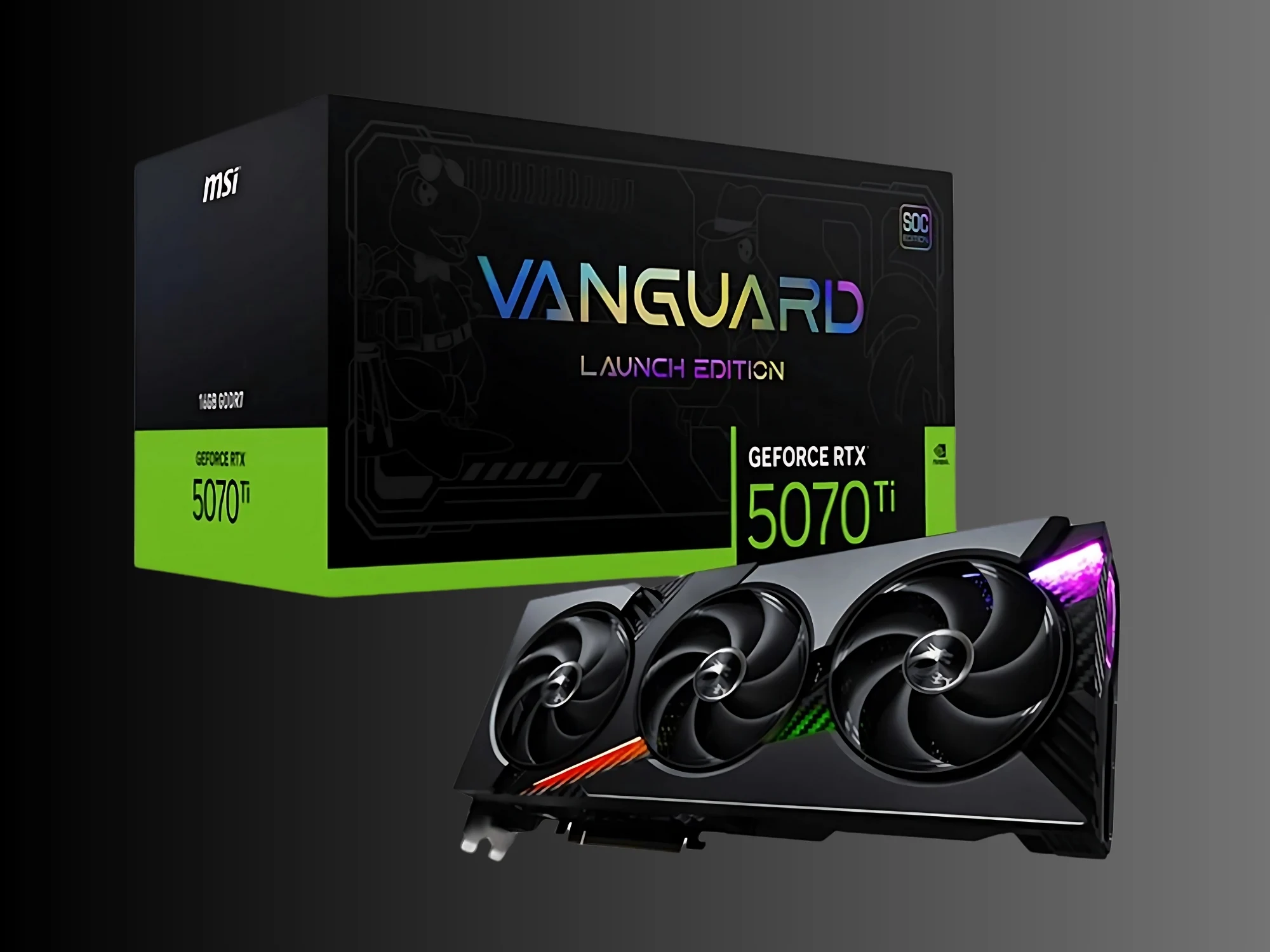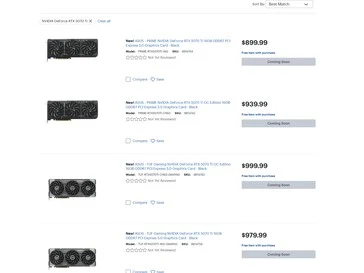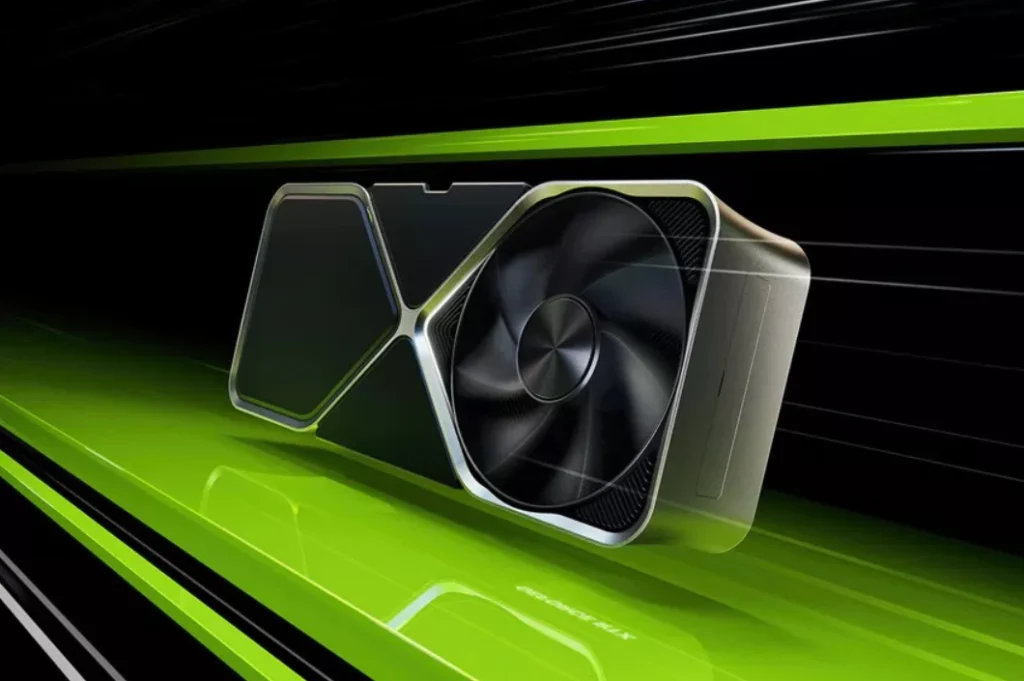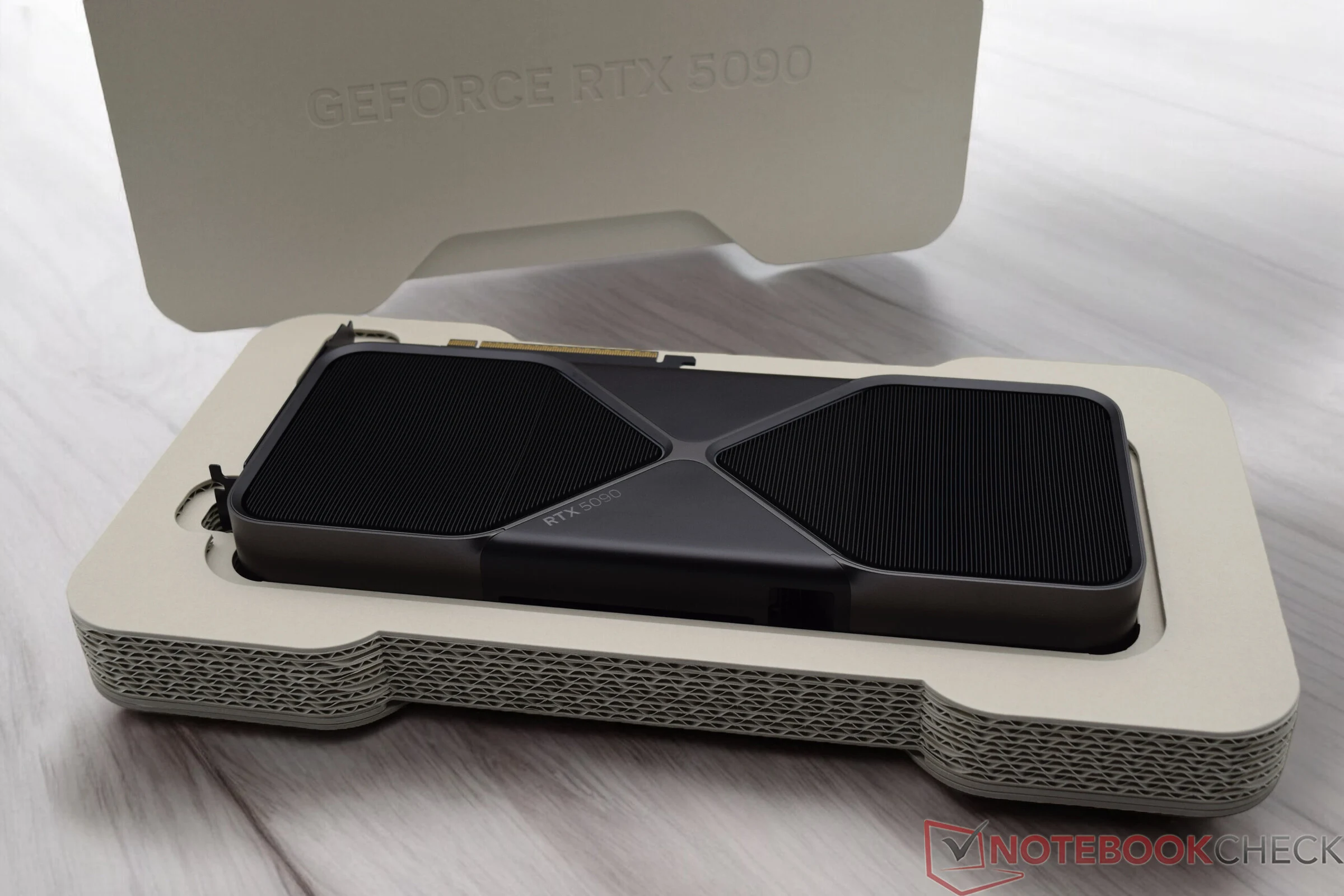Key Takeaways
1. Several RTX 50 models, including the RTX 5090 and RTX 5070 Ti, are missing some ROPs, impacting performance.
2. Nvidia claims the performance loss is only about 4%, but independent tests show up to 11% reduction in benchmarks for the RTX 5070 Ti.
3. Performance differences vary by benchmark, with some tests showing minimal gaps (around 3% slower) between affected and fully functional cards.
4. Gamers who purchased the RTX 5070 Ti at high prices may feel disappointed due to these performance issues.
5. AMD sees this situation as an opportunity to compete with its upcoming RX 9070 XT GPU, aimed at rivaling the RTX 5070 Ti.
As reports emerge about the recent RTX 50 launch, it appears that a few models, specifically the RTX 5090, RTX 5090 D, and RTX 5070 Ti, have been found to be missing some ROPs. Nvidia has acknowledged this problem and asserts that the impact on gaming performance is only around 4%. However, independent tests conducted by a gamer using an affected RTX 5070 Ti suggest that the situation might be more severe.
Performance Testing Reveals Issues
In tests carried out by a user known as “Der Zeitgeist” on their MSI GeForce RTX 5070 Ti Gaming Trio OC, which has 8 fewer ROPs (88 instead of 96), the card showed around an 11% reduction in performance on the 3DMark Time Spy Graphics benchmark, scoring 24,755 compared to ComputerBase’s figure of 27,727. Additionally, in the 3DMark Speed Way benchmark, the flawed RTX 5070 Ti achieved a score of 7,046, which is 8% lower than the 7,665 score from ComputerBase.
Minimal Differences in Some Benchmarks
When it comes to the 3DMark Steel Nomad test, the performance gap between the RTX 5070 Ti with 88 ROPs and the complete 96 ROPs is the smallest. In this case, the impacted RTX 5070 Ti was around 3% slower than its fully functional counterpart.
In summary, the RTX 5070 Ti that lacks some ROPs faces noticeable performance drops, with some tests showing losses that reach double digits, as highlighted by Der Zeitgeist’s findings. It remains unclear how significant the impact of the fewer ROPs will be in actual gaming scenarios. Even if Nvidia’s claim of a mere 4% deficit holds true, it is still disappointing for gamers who purchased the RTX 5070 Ti at prices exceeding the $749 MSRP.
AMD’s Counterplay
For AMD, this situation presents a golden chance to compete with the RX 9070 XT, which is designed to rival the RTX 5070 Ti. AMD is scheduled to unveil this GPU in just a few days.
Source:
Link
